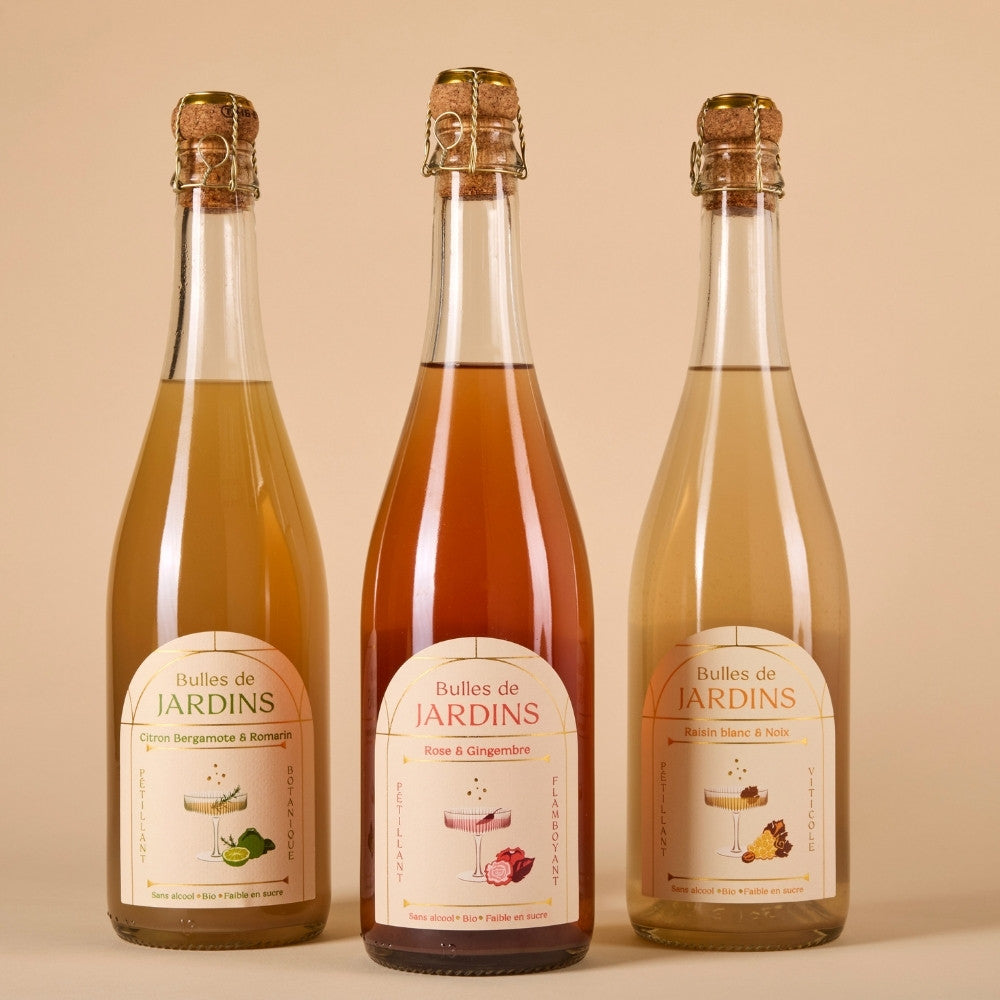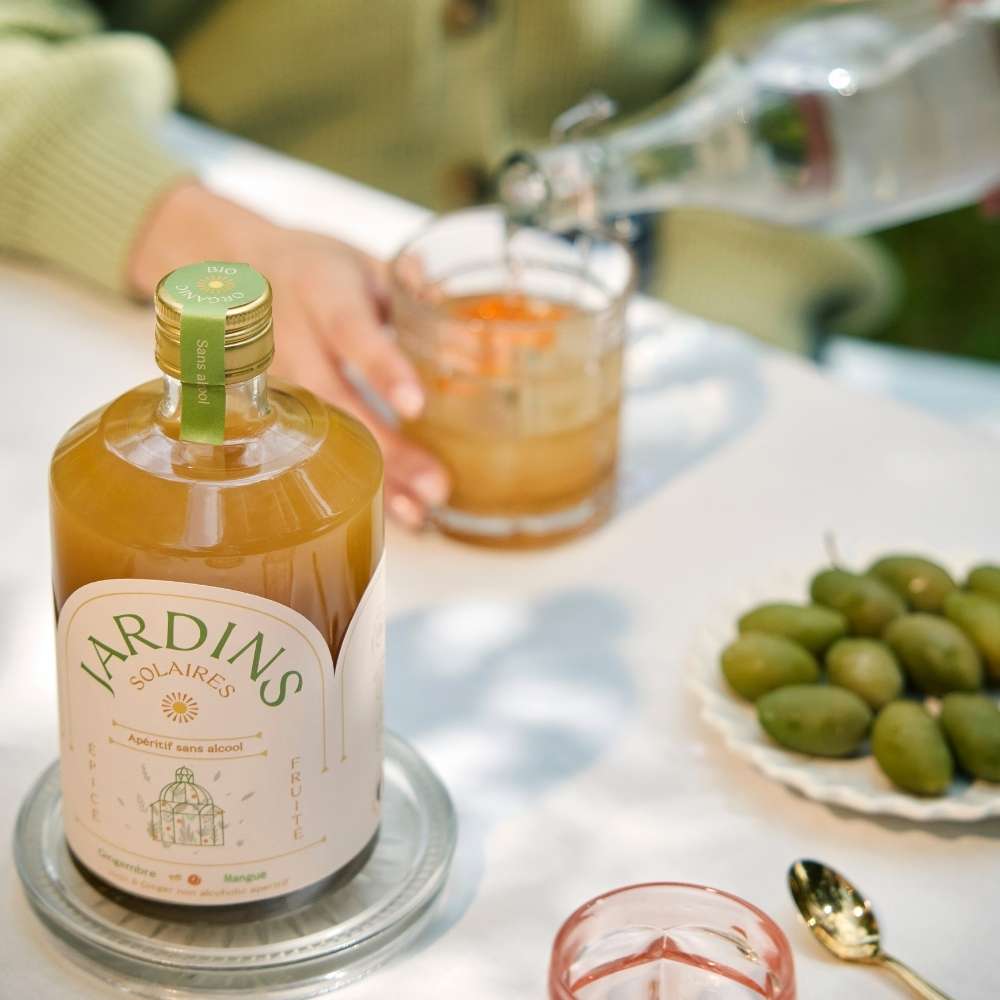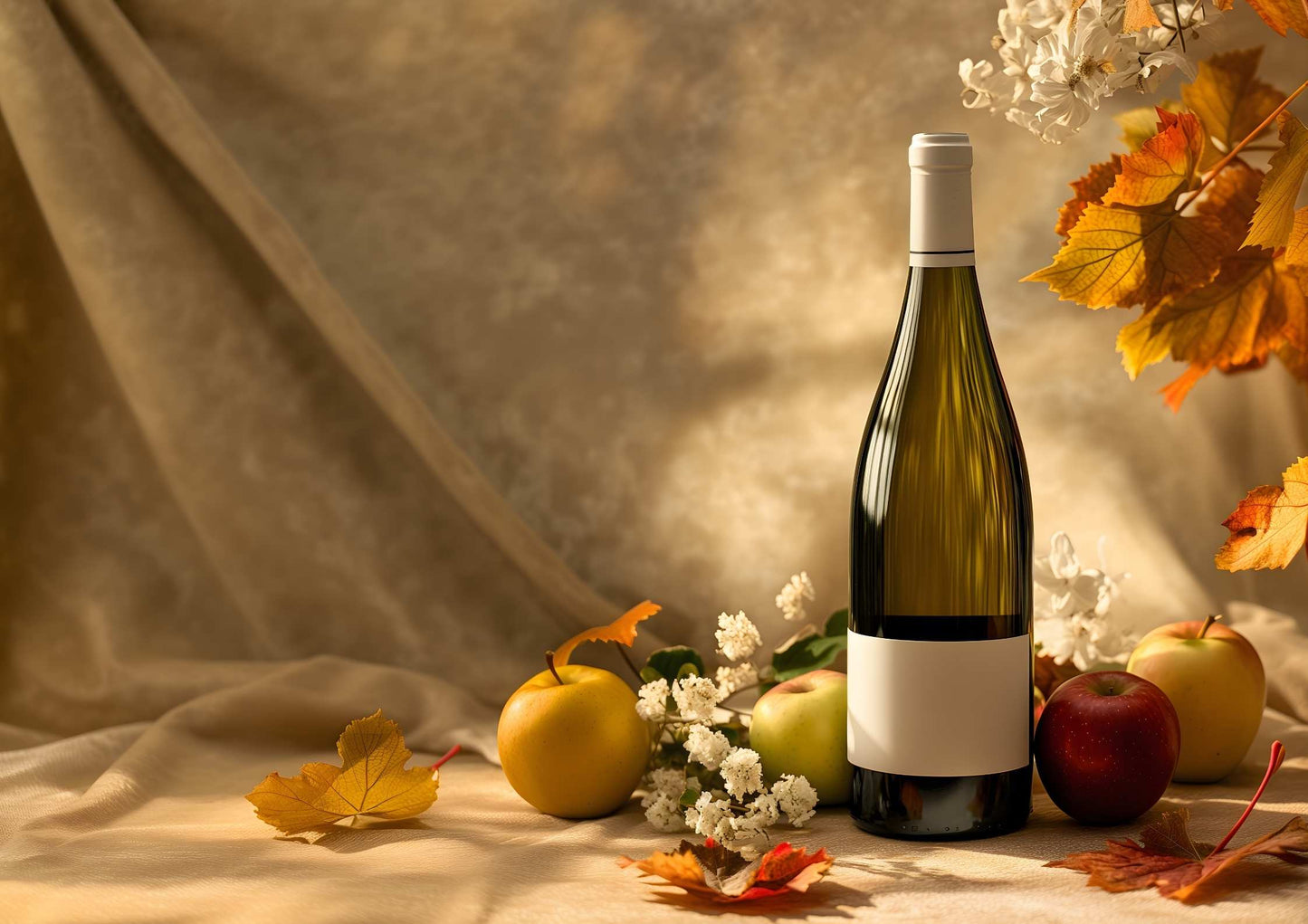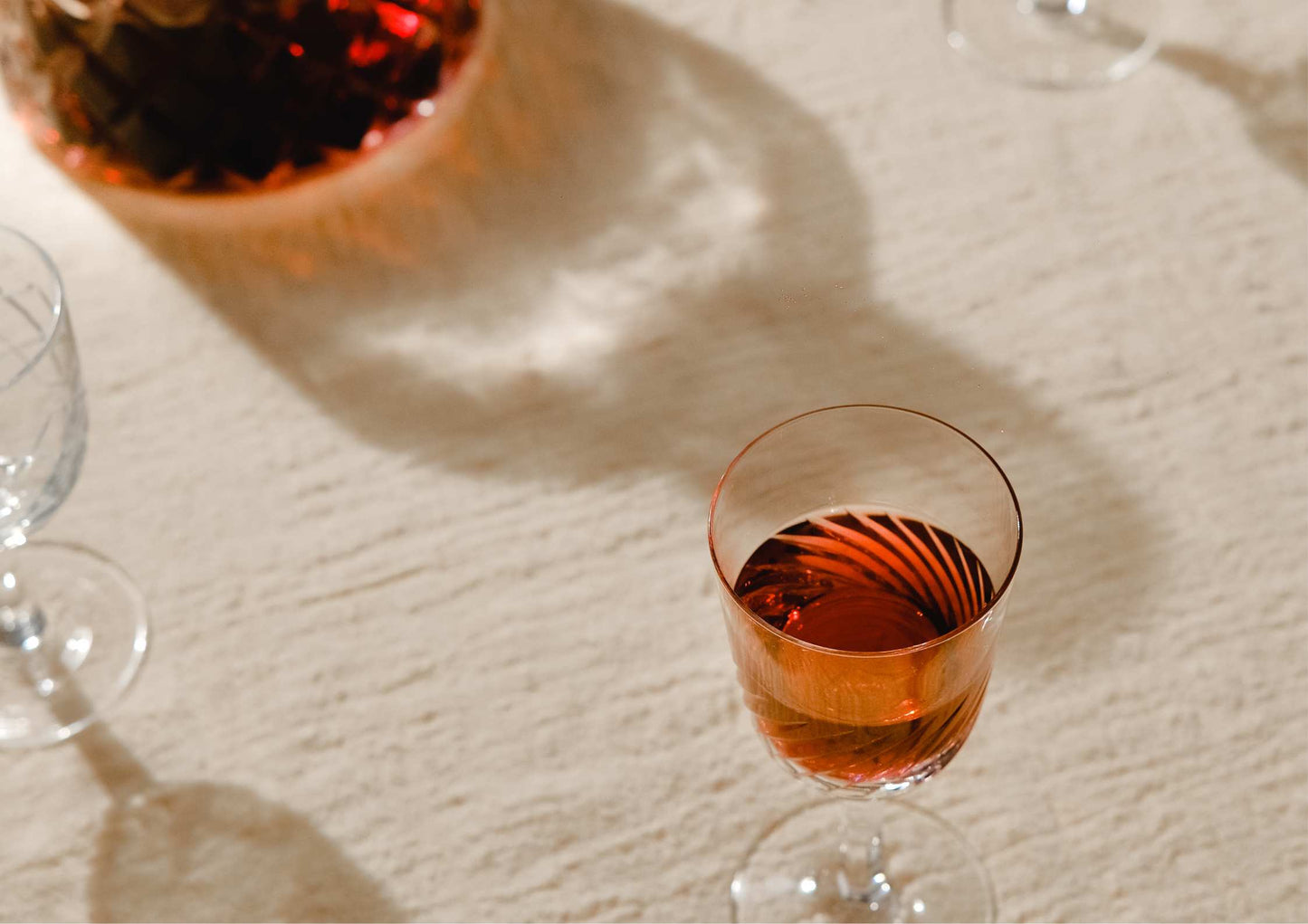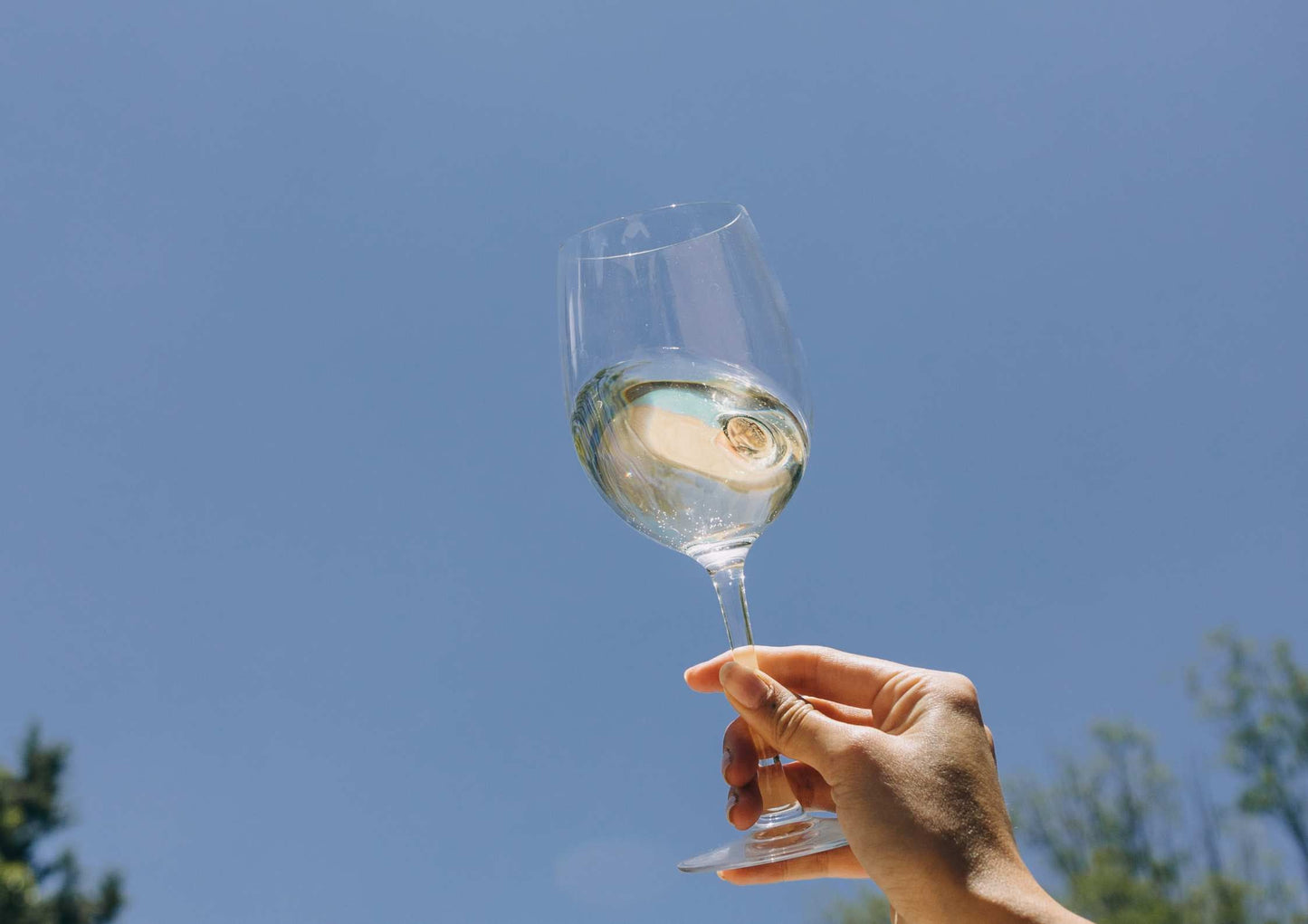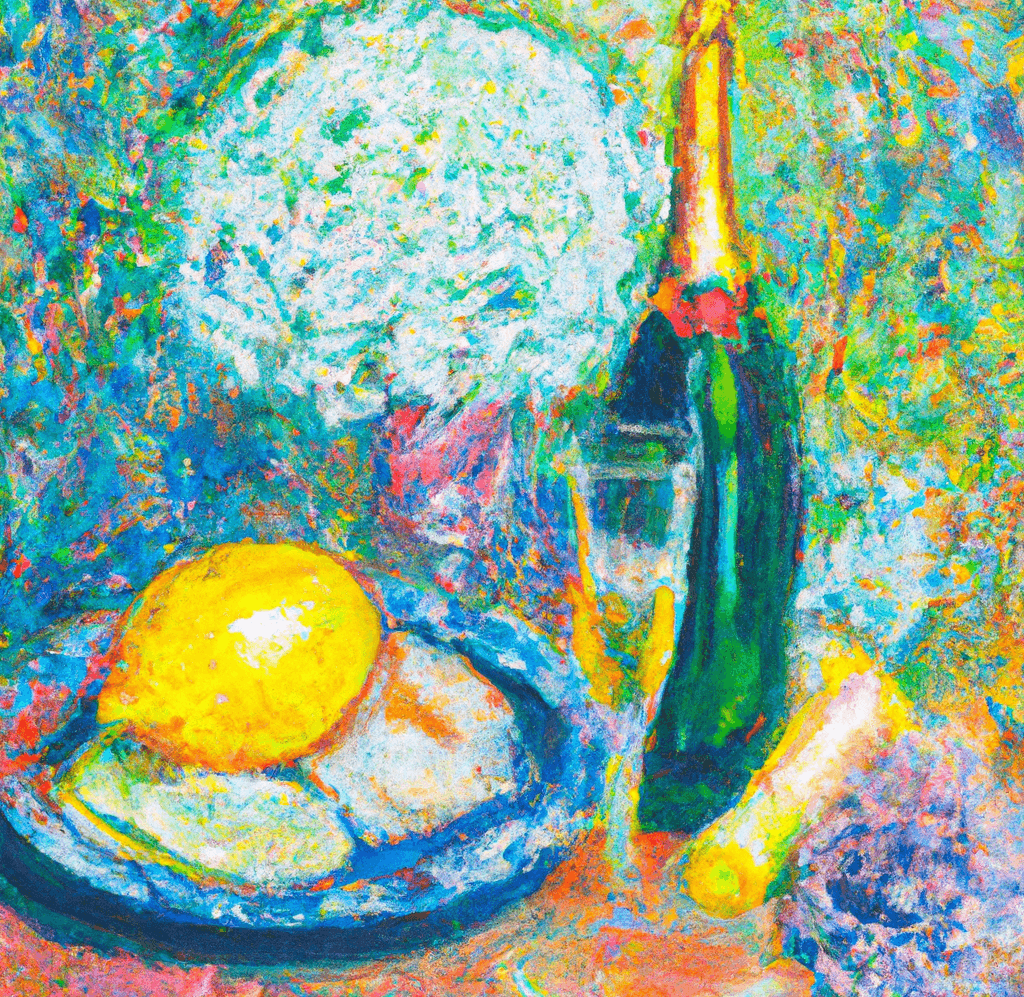
The Elder: timeless shrub of our Gardens 🌸
At Jardins, we love elderberry, this small shrub whose flowers form the basis of our non-alcoholic aperitif Jardins Fleuris and the famous non-alcoholic 'Hugo Spritz' 😍
We’ll tell you a little more about its origins!
Elderberry is a plant that has been used since ancient times for its medicinal and culinary properties . Elderflower, in particular, has been used in many culinary preparations and mixology to add a touch of flavor and color.
The history of elderflower in cooking dates back to ancient Greece and Rome, where it was used to flavor dishes and drinks. The Romans consumed it in the form of elderberry-flavored wine, while the Greeks used it to prepare a fragrant honey.
In the Middle Ages, elderflower was also used to make jams, jellies and refreshing drinks. It was also used to flavor meat and fish, as well as to prepare infusions and herbal teas.
Over the centuries, elderflower has become a popular ingredient in French and English cuisine. It is found in many traditional recipes, such as the famous British elderflower pudding and French elderflower sorbet.
In mixology, elderflower has been used to create cocktails and liqueurs of different colors and flavors. It has been very popular in French and Italian mixology, where it has been used to create liqueurs such as limoncello and sambuca. It is particularly appreciated for its delicate and subtle taste, and that for its beautiful delicate color .
(Re-)Discover it in our alcohol-free aperitif, Jardins Fleuris, made with elderflower and bergamot. Where the floral notes blend perfectly with the notes of white citrus fruits 🍋
You can make alcohol-free cocktails with floral notes like the alcohol-free Hugo Spritz, perfect for anticipating spring 🌿


